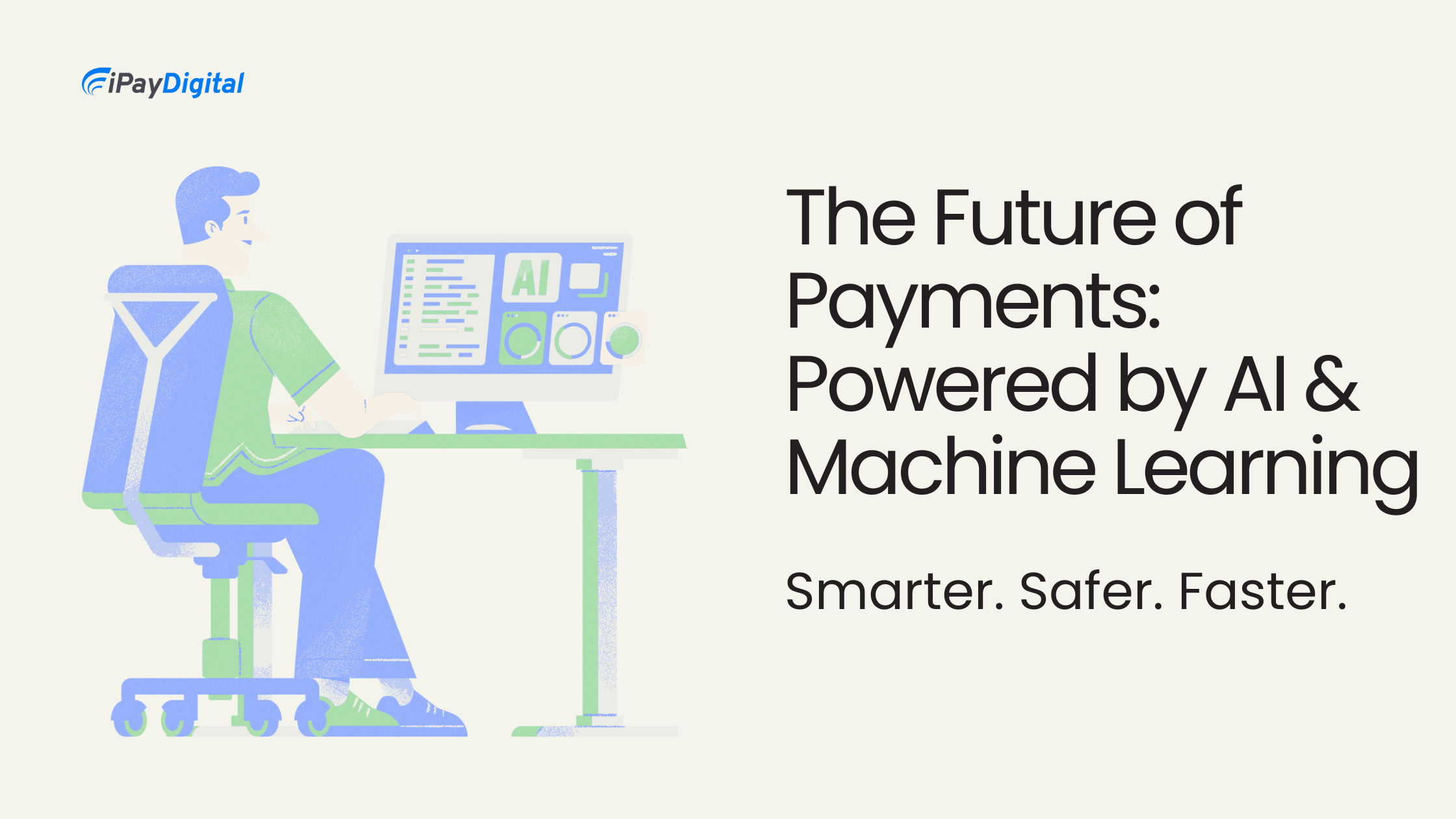It wasn’t too long ago when making a payment meant swiping a card and hoping it cleared. Fast forward to today, and payments are happening in milliseconds—seamlessly, securely, and often without us even realizing it. Behind the scenes? A powerful duo: Artificial Intelligence (AI) and Machine Learning (ML).
These technologies are no longer just buzzwords—they’re actively reshaping the entire payments industry. Whether you’re a consumer, merchant, or financial institution, you’re already benefiting from the speed, security, and intelligence that AI and ML bring to payment processing. But what’s next on the horizon? Let’s break it down.
The Current Landscape: Where We Stand Today
Payment processing today is lightning-fast. Consumers expect instant approvals, fraud detection in real time, and personalized payment experiences. Businesses want low processing costs, minimal chargebacks, and reliable risk management.
AI and machine learning already play a central role in making these expectations a reality. From chatbots that assist customers during checkout, to fraud detection algorithms that analyze millions of transactions per second, AI is embedded in nearly every part of modern payment workflows.
Real-Time Fraud Detection
One of the most impactful use cases for AI and ML in payment processing is fraud detection. Traditional fraud systems relied heavily on rule-based systems—if a transaction checked enough boxes, it would be flagged.
Now? Machine learning models are analyzing behavior patterns in real time. They’re studying not just the transaction amount or location but also the device used, typing speed, login patterns, and more.
For example, if a user usually logs in from New York using an iPhone but suddenly initiates a transaction from Russia using a different browser, the AI can raise a red flag—instantly.
It’s not just about stopping fraud—it’s about minimizing false positives. Legitimate transactions shouldn’t be blocked unnecessarily, and machine learning helps strike that balance.
Instant Credit Decisions
AI is also disrupting the way credit decisions are made. In the past, creditworthiness was assessed by credit scores and limited financial history. That’s changing.
Fintech companies are using AI to analyze thousands of data points—everything from cash flow and payment history to social media behavior (yes, really). These systems make lending faster and more inclusive, especially for underbanked or unbanked individuals.
This “smart lending” model can approve or deny a transaction in seconds, creating a seamless experience for consumers and merchants alike.
Smarter Merchant Services
For merchants, AI is making backend processes more efficient and customer-facing experiences more personalized.
- Dynamic Payment Routing: AI can now automatically route transactions through the most cost-effective and fastest channels. This means reduced processing fees and quicker settlements.
- Inventory & Revenue Predictions: By integrating with point-of-sale systems, AI tools can predict product demand and revenue flow. This helps merchants make smarter business decisions.
- Chargeback Prevention: AI systems can flag transactions likely to lead to disputes and suggest verification steps before the sale is finalized.
It’s no longer just about accepting payments—it’s about optimizing every step of the payment lifecycle.
The Rise of eCheck and ACH—Supercharged by AI
Digital checks and ACH payments aren’t new, but AI is taking them to the next level.
- Faster Verification: Instead of waiting days for checks to clear, AI can verify and process eChecks within hours using real-time data analysis.
- Reduced Fraud: Fraud in ACH and eCheck payments used to be a major concern. Now, predictive models can detect irregularities and flag suspicious accounts before the payment even goes through.
- Improved Accuracy: Data entry mistakes were once a leading cause of payment failure. AI-driven auto-fill and verification tools are drastically reducing these errors.
Whether it’s paying rent, transferring business funds, or settling invoices, AI is making bank transfers as reliable as card swipes.
Recurring Payments & Subscription Models
AI also powers smarter subscription billing. It can predict when a customer might churn, automate retry logic for failed payments, and even suggest personalized payment plans.
This is a huge win for SaaS businesses and subscription services, where customer retention is key. AI helps keep the payment experience smooth and almost invisible—exactly what customers want.
What’s Coming Next?
We’re just scratching the surface. Here are a few exciting things we can expect in the near future:
1. Voice and Biometric Payments
Imagine making a payment just by speaking to your device or through a facial scan. AI is making this not only possible but secure. Combined with machine learning models trained on your behavior, voice and biometric authentication will soon be the norm in high-value transactions.
2. AI-Powered Cross-Border Payments
International payments are complex and slow. But AI is simplifying currency conversion, regulatory compliance, and fraud screening. Soon, cross-border transactions will feel as instant and seamless as local ones.
3. Hyper-Personalized Payment Offers
AI is getting better at knowing what you need—even before you do. Expect to see payment processors suggesting the best financing options, cashback offers, or crypto payment choices tailored to your preferences in real time.
4. Decentralized AI in Blockchain Payments
As blockchain and Web3 continue to evolve, decentralized AI may help verify transactions, reduce gas fees, and even facilitate smart contract executions in ways we haven’t seen before.
Final Thoughts
AI and machine learning are no longer optional add-ons in payment processing—they’re the backbone of modern transactions. From fraud prevention to personalization, efficiency to intelligence, these technologies are making payments safer, smarter, and smoother for everyone involved.
Whether you’re a fintech startup, an established merchant, or just a curious consumer—you’re part of this shift. And while we don’t know every twist the future holds, one thing is clear: AI’s role in payments is just getting started.
So, buckle up. The next wave of innovation is already here—and it’s powered by AI.














